Plug-Ugly
A dozen dogs, or airplanes with, um, good personalities.
/https://tf-cmsv2-smithsonianmag-media.s3.amazonaws.com/filer/c6/c1/c6c13340-68b7-4718-b8f5-9c350af132cf/pzl-104_wilga.jpg)
Beauty is skin deep, as the saying goes, but ugly goes all the way to the bone. So it is with this gallery of eyesores, where often the trouble began with the skeleton.
When it comes to producing ugly airplanes, no one nation has the edge. But some do have specialties. National Air and Space Museum archivist Brian Nicklas has formulated Nicklas’ Law of Aircraft Identification, whereby: “If it’s ugly, it’s British; if it’s weird, it’s French; and if it’s ugly and weird, it’s Russian.”
Nor are bad looks confined to any one era or aircraft type. One of our panel of experts, Cam Martin of the NASA-Dryden Flight Research Center, notes: “I gave amnesty to the early 1900s, given the state of the art, but my picks were created by a generation who should have known better.”
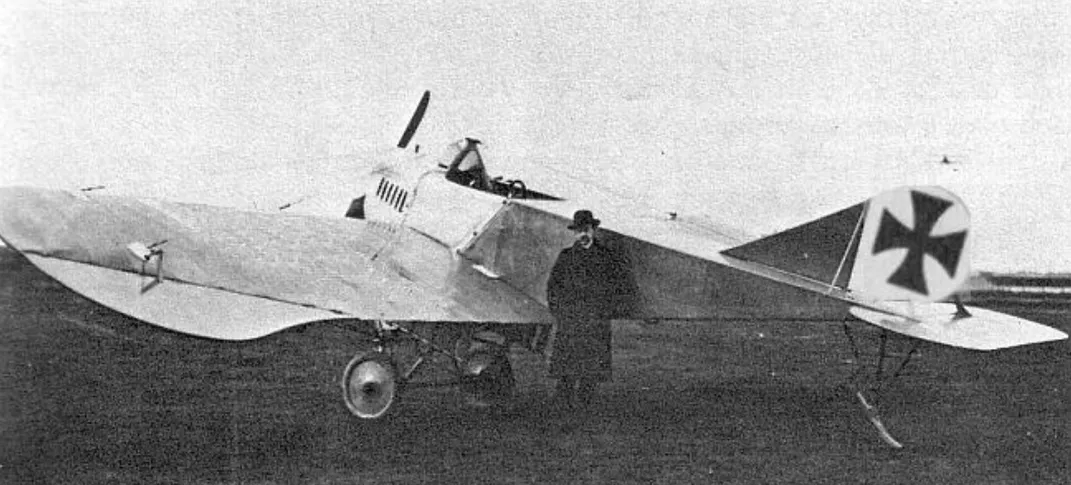
Siemens-Schuckert Bulldog
Germany
Nominated by Peter M. Grosz, aviation historian
“Its overall ugly shape totally belies what an airplane should be,” says Peter Grosz. The Bulldog was designed by Swedish engineer Villehad Forssman for a Prussian prince-pilot early in World War I. Only two were built, one with a Siemens-Halske rotary engine, each 100-horsepower. Grosz surmises that the German markings were added to the Bulldog when it was temporarily impressed into service. The aircraft was considered vastly underpowered and very quickly wore out its welcome.
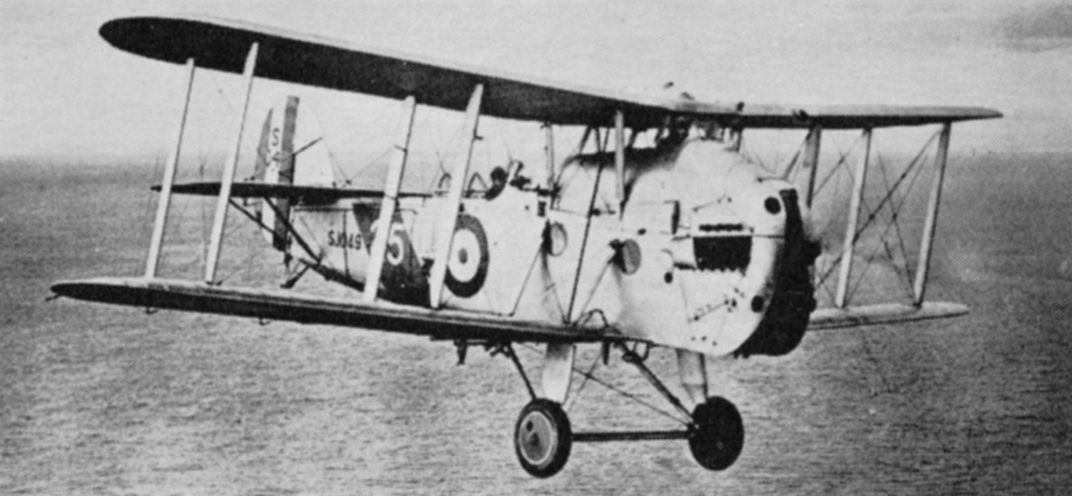
Blackburn Blackburn II
United Kingdom (England)
Nominated by Dan Hagedorn, reference team leader, National Air and Space Museum archives
The manufacturer must not have thought much of this plodding single-engine torpedo bomber; the company didn’t even bother to come up with a real name for it. The Blackburn Blackburn II performed carrier landings during the 1920s. “In the dual-control trainer variant,” writes Dan Hagedorn, “the front fuselage was widened to accommodate pupil and instructor. Unfortunately, drag was increased to such an extent that the whole of the runway (600 yards) was needed to ‘unstick’ and the initial rate of climb was a sizzling 100 feet per minute. Not the flight characteristics one would wish for in a carrier-borne aircraft.
“English aviation historian A.J. Jackson stated that ‘functional considerations took absolute priority over refinement of aerodynamic shape, so that [the] Blackburn was little short of grotesque in appearance, ungainly, and slow in the air.’ Despite this handicap, it was described as ‘very successful’ and remained in service for almost a decade.”
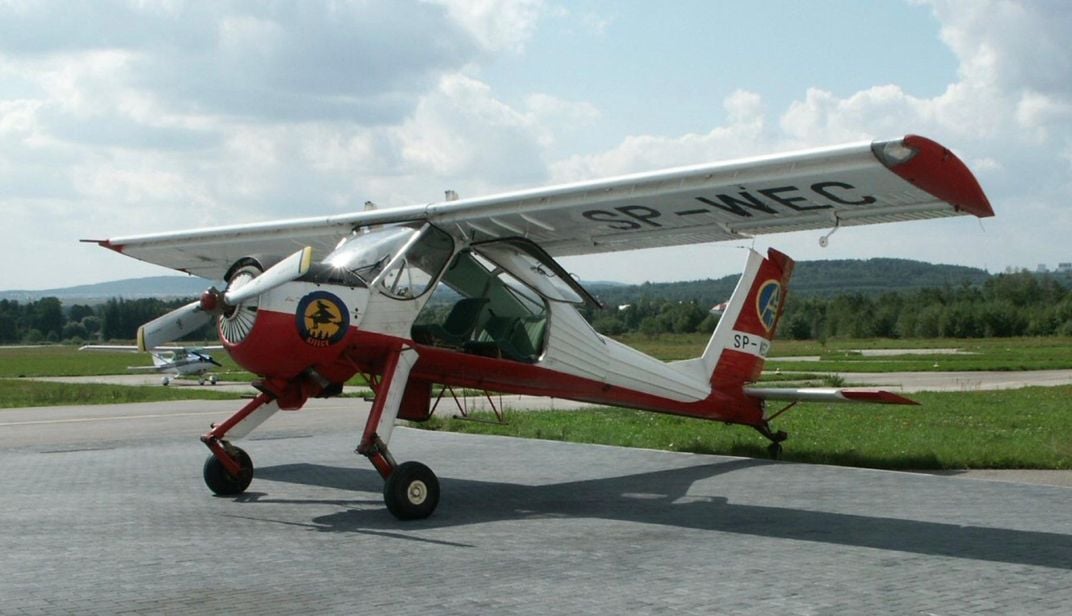
PZL-104 Wilga
Poland
Nominated by the staff of Air & Space/Smithsonian
The skinny-legged, knock-kneed Wilga has withstood the test of time: It’s just as homely today as when it debuted in 1962 to howls of laughter from aviation writers, to whom the Wilga was the goofiest-looking thing since the flying car. More than a thousand examples of this short-takeoff utility aircraft have been sold as glider and banner towers, ag-planes, patrollers, and aerial ambulances. The trailing-beam landing gear cushions hard landings, making the Wilga an ideal though gangly bushplane.
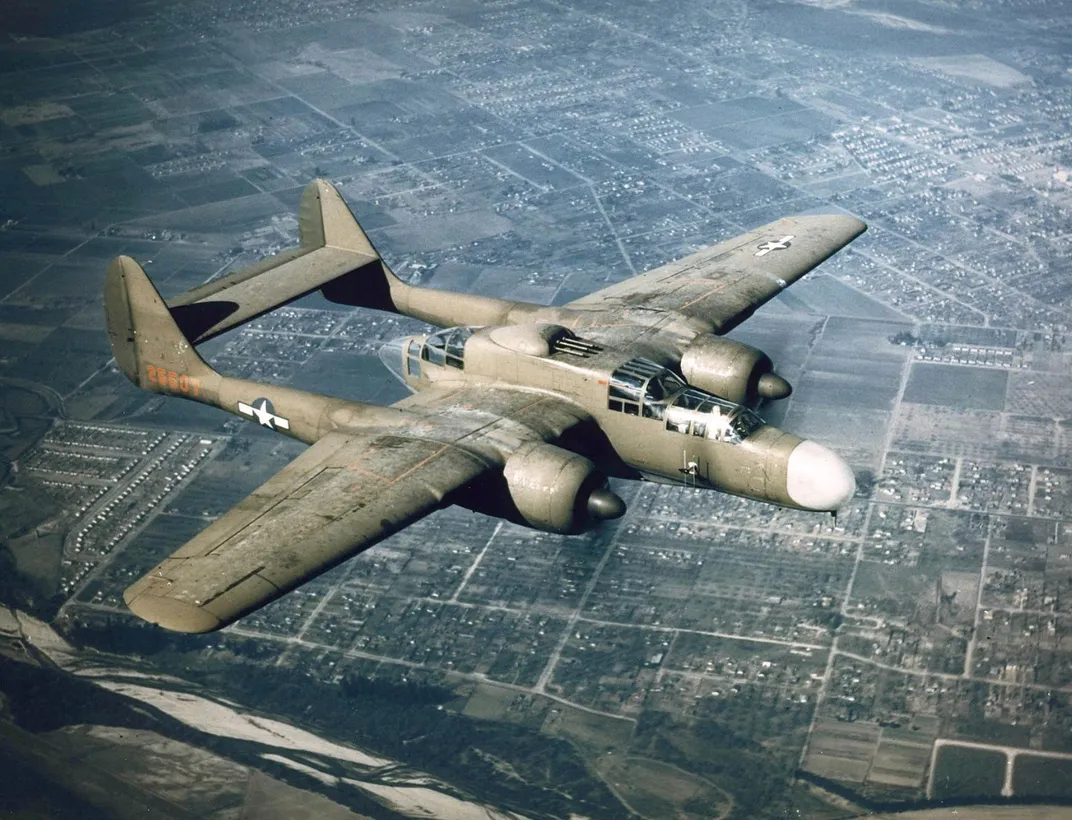
Northrop P-61 Black Widow
United States
Nominated by Air Vice Marshal Ron Dick (Royal Air Force, ret.)
Its sinister name alone is enough to qualify the Black Widow for our list, but its pitch-black paint scheme, ideal for its nighttime missions, as well as its misshapen and truncated fuselage, seals its fate as the best World War II aircraft for this gallery. The twin-boom arrangement resembles that of the revered Lockheed P-38 Lightning, but all similarity ends there: The P-38’s fuselage tapered smoothly into the wing’s trailing edge, whereas the P-61’s hangs off the trailing edge like an unfinished detail. The Black Widow’s nose is classic anteater.
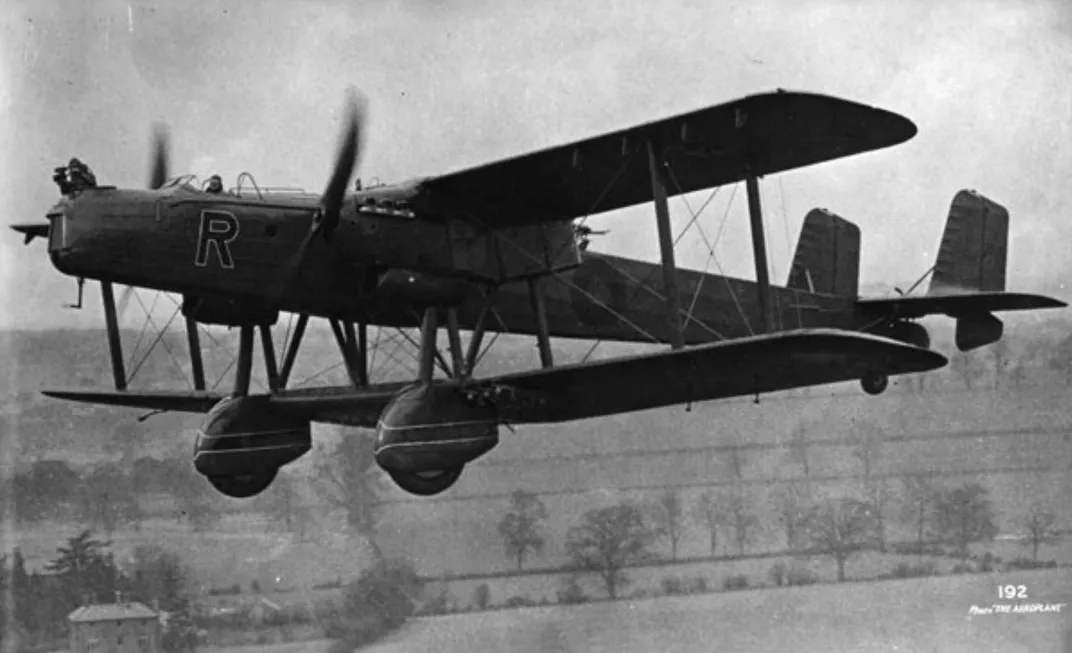
Handley Page Heyford
United Kingdom (England)
Nominated by Don Lopez, deputy director, National Air and Space Museum
According to Owen Thetford’s Aircraft of the Royal Air Force, “The Heyford’s most notable feature was the attachment of its fuselage to the upper…wings. This brought the lower wing close to the ground, which facilitated rapid rearming, as the bomb-load was stowed inside the thickened centre-section.” Says Don Lopez, “It’s the most ungainly looking thing I’ve ever seen. You could easily get killed just falling out of the cockpit.” The last of the Royal Air Force’s biplane heavy bombers began service in 1933, and, to the relief of aviation aesthetes, was laid to rest in 1941.
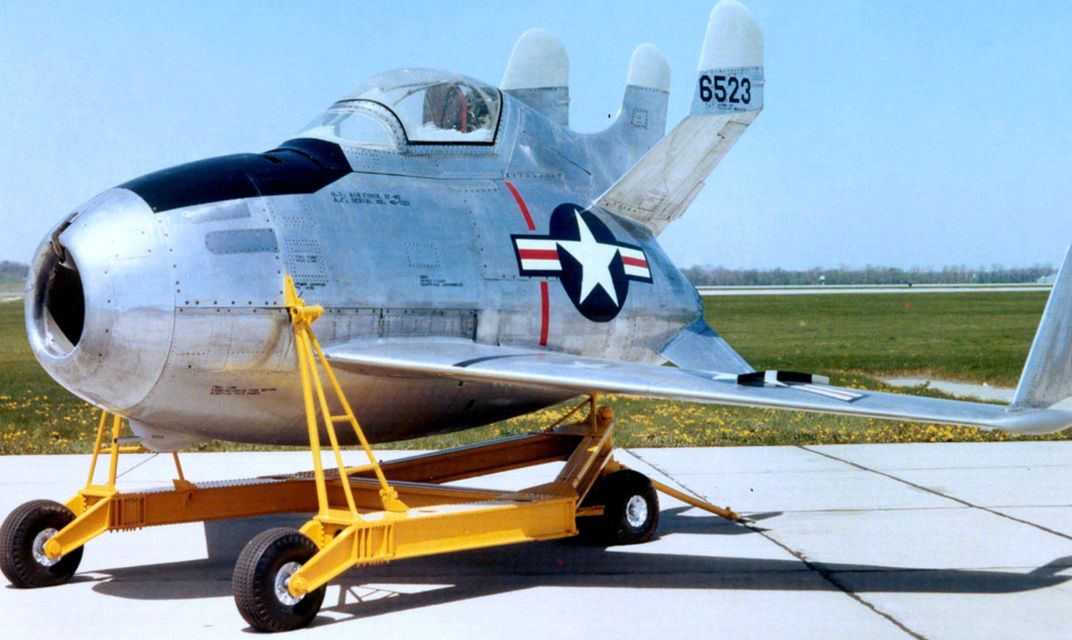
McDonnell XF-85 Goblin
United States
Nominated by Cam Martin, external affairs office, NASA-Dryden Flight Research Center; and the history office, Air Force Flight Test Center, Edwards Air Force Base, California
You’d think any airplane this petite would qualify for the adjective “cute.” Not the Goblin. Diminutive as it was, it was completely charmless.
Designed in the later years of World War II, the malignant-looking Goblin was a parasite fighter that was to be carried by a host B-29, B-35, or B-36 heavy bomber. Only two were built, and neither became operational. The program was canceled in 1949.
When asked “What’s the ugliest part of it?” Cam Martin replies: “1. The outside. 2. The empennage. (All of the tail feathers stick up like exclamation points as if to say ‘Hey! This is the back!’)”
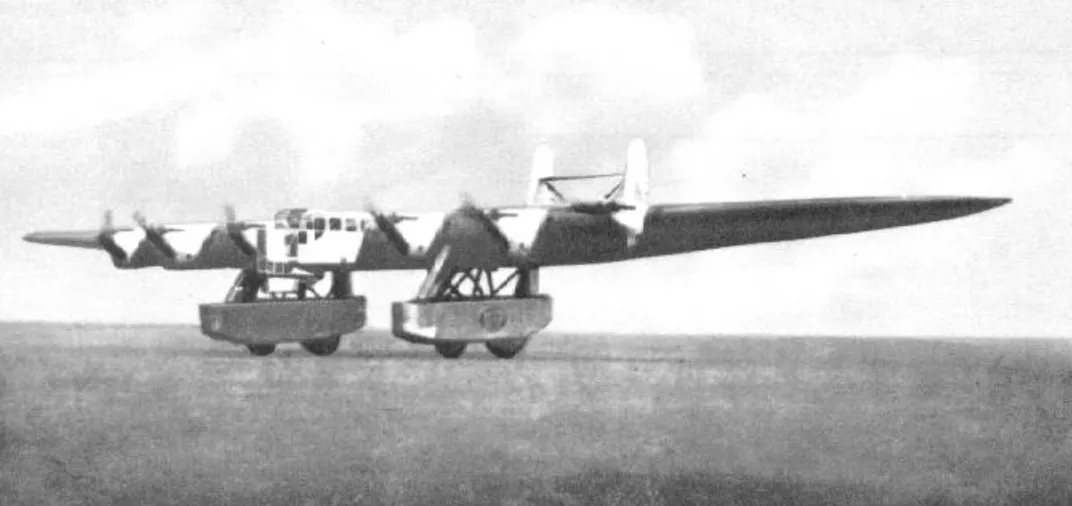
Kalinin K-7
Soviet Union
Nominated by Air Vice Marshal Ron Dick (Royal Air Force, ret.)
“If there is a certain greatness to being truly grotesque, the K-7 surely approached a pinnacle of aeronautical achievement,” writes Ron Dick. “Prognathous with beetling brows, the K-7 had a strained expression, which was hardly surprising given that six 750-horsepower engines were all that was available to haul along a wing thicker than Lenin’s tomb and wheel fairings which could have doubled as landing craft. An elliptical wing with the dimensions of the Black Sea sprouted aileron tabs like boardwalks, while twin booms stretched out feebly to hold up an inadequate tail some distance to the rear.”
The K-7 bomber was completed in 1933, and according to Bill Gunston’s recent book Back to the Drawing Board (Motorbooks, 1996): “[I]t was soon obvious that at particular engine speeds…the booms and tail were resonating badly. The problem was quickly alleviated by opening or closing the throttles, but then it would appear again at different engine speed.” Designer Konstantin Kalinin tried bulking up the booms with steel (“A few extra tons were nothing to the K-7,” Gunston notes dryly), but on the ninth flight, vibration again set in, causing the K-7 to dive into the ground. Fifteen people on board the monstrous craft were killed.
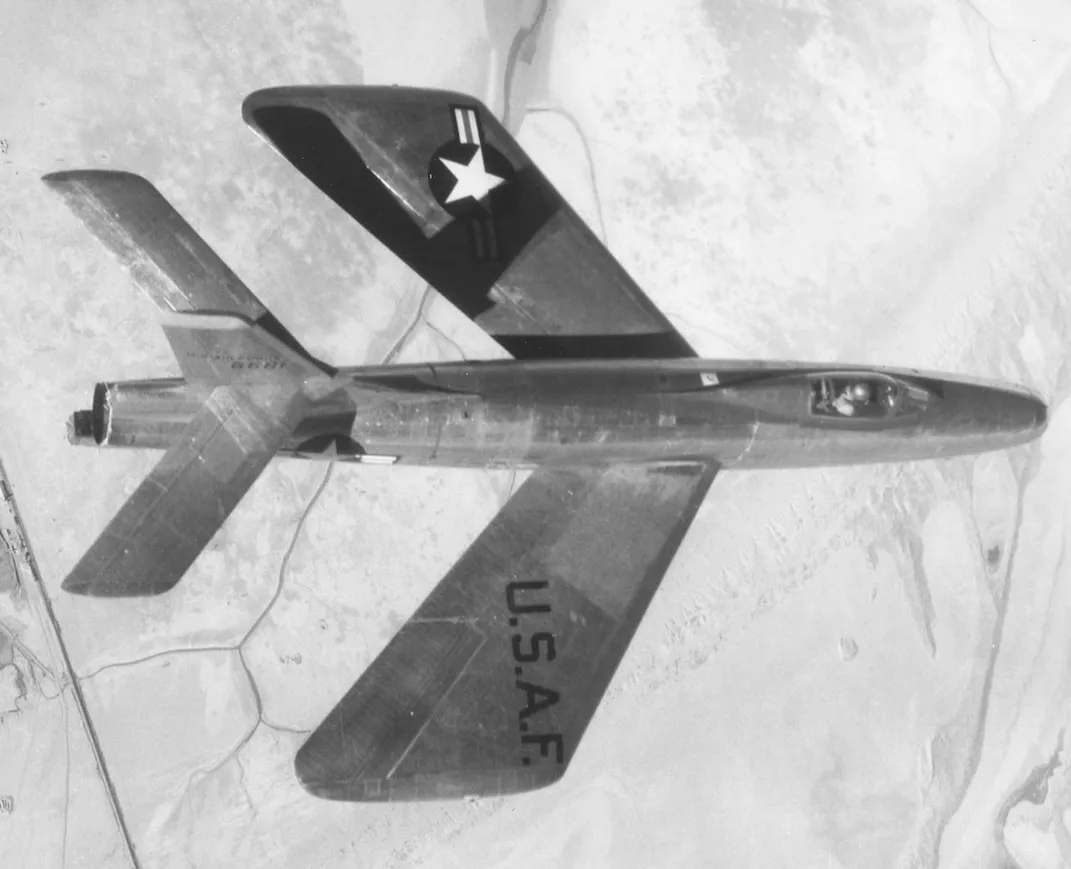
Republic XF-91
United States
Nominated by the history office, Air Force Flight Test Center, Edwards Air Force Base, California
Republic’s XF-91 was one of the United States’ earliest attempts to mate rocket engines to aircraft. The Thunderceptor, a painfully contrived name, employed a turbojet engine and four rocket engines along with several other eccentricities, the strangest of which was the inverse taper of its variable-sweep wings—they were narrower at the root than they were at the tip.
In 1951 the XF-91 made history by exceeding Mach 1 in level flight, the first U.S. combat aircraft to do so. But Republic’s ugly duckling never saw production, and in 1953, North American’s F-100 Super Sabre claimed the honor of being the premier supersonic fighter.
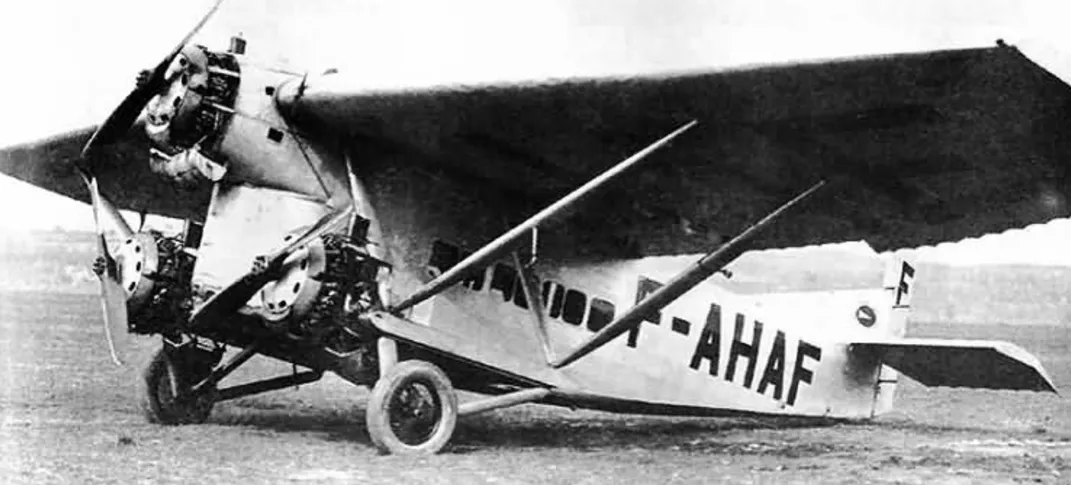
Farman Jabiru
France
Nominated by Ron Davies, curator of air transport, National Air and Space Museum
In Back to the Drawing Board, Bill Gunston writes: “all the F.121 Jabirus were…monoplanes of grotesquely short spans…. Indeed, most things about the Jabiru seemed unnatural.” Most incarnations of this mid-1920s airliner had four engines in tandem pairs; the F.4X pictured here was an aberration of an aberration, with its nose removed to accommodate the propellers of three 300-horsepower engines. When asked for commentary on the Jabiru’s unique appearance, Davies says only “Words fail me.”
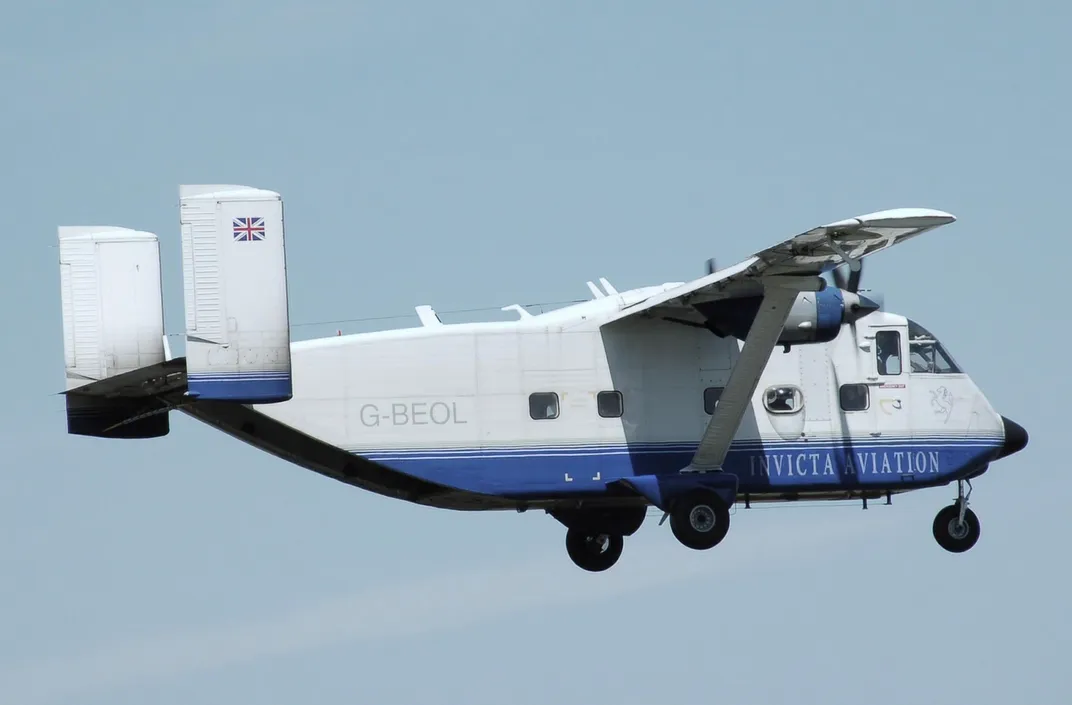
Shorts Skyvan
United Kingdom (Ireland)
Nominated by Cam Martin and Air Vice Marshal Ron Dick (Royal Air Force, ret.)
Jane’s All the World’s Aircraft calls this early-1960s airplane a “light civil or military transport,” but there’s nothing light-looking about the Skyvan. It looks like some kind of very dense British baked good (an impression bolstered by a reference in Jane’s to “a batch of 30 Skyvans…being laid down”).
“Uncompromisingly chunky and angular, its freight container body hangs from wings which could have been shaped in a sawmill,” writes Ron Dick, “and its twin fins were mere upright planks tacked on as if in afterthought.”
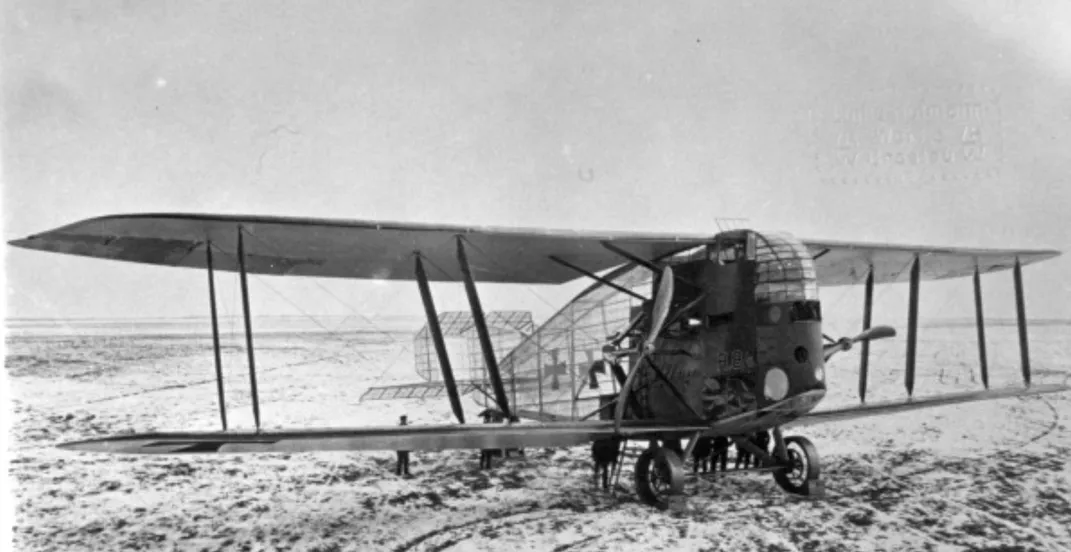
Linke-Hofmann R I
Germany
Nominated by Peter Jakab, curator of aeronautics, National Air and Space Museum; and aviation illustrator John Batchelor
Why is it not surprising that Linke-Hofmann, the Breslau firm that produced the R I, was a manufacturer of locomotives? The bulky R I first flew in 1917, but problems quickly surfaced. Because the pilot sat 20 feet off the ground, he had a hard time judging distances during landings. Just weeks after its maiden flight, the first R I’s wings collapsed and the airplane crashed. Another R I was built that year, but it too crash-landed and was never rebuilt.
John Batchelor notes: “To make it more difficult to see in the air, they covered the fuselage with clear material, prompting my nickname ‘the Square Condom.’ ”
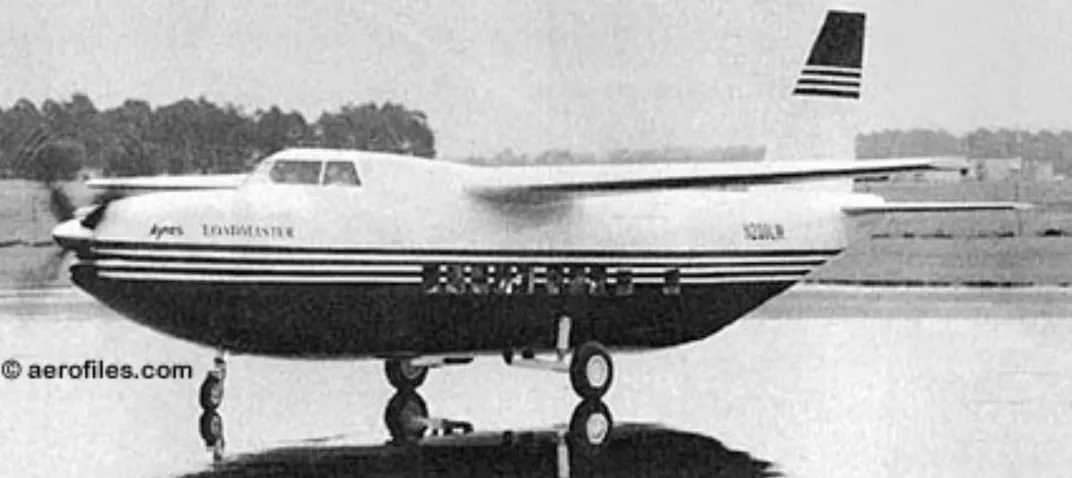
Ayres Loadmaster
United States
Nominated by the staff of Air & Space/Smithsonian
As its name implies, the Loadmaster is primarily a cargo hauler, but Ayres foresees it serving as a regional airliner, troop transport, and reconnaissance/surveillance craft. A prototype is scheduled to fly next year, with deliveries to prime customer Federal Express the following year. The long snout beneath the squinty-eyed cockpit carries two turboshaft engines that drive the single propeller, and the pursed-lip air intake gives it the expression of someone undergoing a sigmoidoscopy. The Loadmaster is also available on floats.
Says Terry Humphrey of Ayres marketing and flight test: “What we hope is that someday pilots, operators, and stockholders will see our aircraft in the sky and say, ‘Well, it may not be the prettiest aircraft in the world, but for a long-snouted, squinty-eyed, pursed-lip airplane, it sure does an excellent job.’ ”